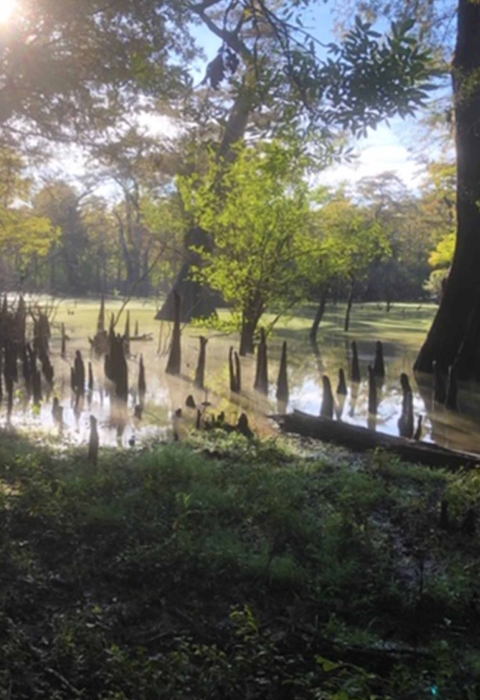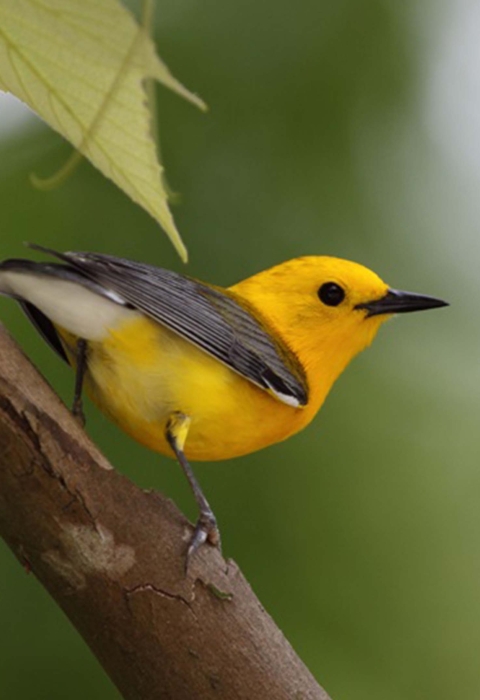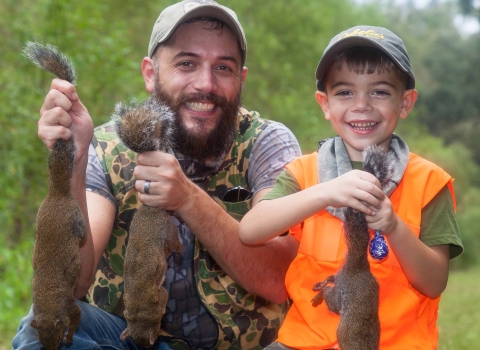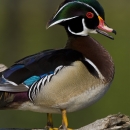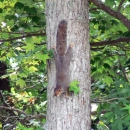High Water Forces Closure on Cat Island National Wildlife Refuge
Steps taken to protect visitors, hunters, and outdoor enthusiasts.
Cat Island National Wildlife Refuge near St. Francisville LA will close at sunset on Monday, April 15, 2024 and will remain closed until Mississippi River levels are suitable for opening the refuge. Water levels on the Mississippi River have exceeded the recommended threshold at the river gauge in Baton Rouge forcing this closure.
This closure is based on refuge regulations intended to protect refuge visitors. The refuge is located along a large bend in the Mississippi River and is periodically flooded. When river levels rise or are expected to rise, refuge access may be limited or closed. Visitation and established hunting seasons will resume when water levels recede, and conditions are suitable to re-open.
For more information, please contact the refuge office at 985/882-2000.
River levels on the Baton Rouge gauge can be checked at this link
Visit Us
Visitors enjoy fishing, hunting, hiking, paddling, wildlife viewing, and wildlife photography and observation. The refuge is home to a national champion bald cypress, one of the largest tree of any species east of the Sierra Nevada mountain range. Estimated to be about 1,500 years old, the tree is 96 feet tall, 17 feet in diameter and 56 feet in circumference.
Location and Contact Information
About Us
Cat Island is located near the town of St. Francisville, Louisiana, 30 miles north of Baton Rouge. The refuge was established to conserve, restore, and manage native forested wetland habitats for migratory birds, aquatic resources and endangered and threatened plants and animals.
What We Do
Wildlife conservation is at the heart of the National Wildlife Refuge System. It drives everything on U.S. Fish and Wildlife Service lands and waters managed within the Refuge System, from the purposes for which a national wildlife refuge national wildlife refuge
A national wildlife refuge is typically a contiguous area of land and water managed by the U.S. Fish and Wildlife Service for the conservation and, where appropriate, restoration of fish, wildlife and plant resources and their habitats for the benefit of present and future generations of Americans.
Learn more about national wildlife refuge is established, to the recreational activities offered, to the resource management tools used. Using conservation best practices, the Refuge System manages Service lands and waters to help ensure the survival of native wildlife species.
